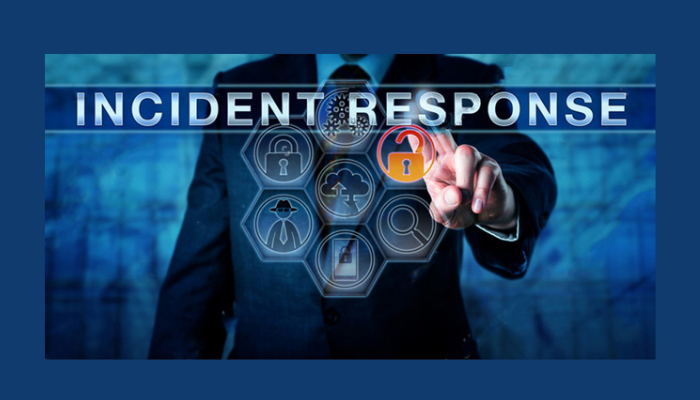What is an Incident Response Plan and How to Create One?


Regardless of size, every company could experience a cybersecurity incident one day. Security incidents can occur in companies, public institutions, schools, etc. Cybersecurity incident actions are similar to actions to be taken in response to a security incident, for example in a school. It is an inevitable reality that your network may be exposed to an incident threat. Security incidents may cause issues like cybercrime, data loss, and service outages that threaten daily work, and this can seriously affect your company in terms of cost, productivity, and reputation. Because of that, the greater the extent and damage of the incident, the more forceful your actions to take in response must be.
While describing the actions to take in response to security incidents, we should primarily define the meaning of such incidents. All types of attacks, violations, or exploitations can be described as security incidents. Thus, security teams implement various types of incident response procedures. Yet they are frequently incapable of protection.
The most significant reason seems to be the lack of plans. The cybersecurity incident management process flow requires a plan. The ever-evolving threat landscape obligates you to create an incident response plan in order to enhance an effective incident and risk management strategy. But as in all areas of life, planning is essential for an incident response team in cybersecurity too. As Alan Lakein said, “Planning is bringing the future into the present so that you can do something about it now”. For an incident response team that is well organized and has response plans, incident handling is a piece of cake.
Is it really possible to create a plan which aims at an attack that could happen at any time and in various forms? Of course, it is possible to create a plan for a potential cybersecurity incident such as data breach, unauthorized access, etc.
Initially, you have to establish an incident response team. Antoine de Saint Exupery once said that “A goal without a plan is just a wish”. So is a well-organized plan without a team! The importance of the incident response team in cybersecurity is incontrovertible. Therefore, creating your incident response plan ensures that the right people are involved and being in charge is vital. Everyone’s responsibilities should be accurately defined. Ideally, a well-thought-out incident response plan helps the incident response team do their job quickly, effectively, and accurately. In addition:
Breaches can appear in many different forms. Therefore, you should define the actions that must be taken in response. Of course, this is related to your response plan which should be flexible in order to counter different types of breaches. One of the most important elements in an incident response plan is to mobilize all relevant units and people, such as HR, PR, your suppliers, and vendors, through the most appropriate channel in the case of a possible attack. Notifying business partners, customers, or any related third-party vendors is equally important as mobilizing an entire SOC team when faced with a major incident.
Your plan should also include these key points:
Apparently, this whole incident response process requires flawless organization and management. Even though you do have a highly successful incident response team and a team leader with high leadership and risk management skills, we believe that the magnitude of the matter makes automation a necessity. Let’s just consider for a moment how dealing manually with potential attacks, malware, and unauthorized access efforts put a strain on IT and incident response teams. One single mistake may damage your reputation, data, and the whole operational process. Therefore, you need a holistic view and solution.
Thankfully, we have the solution: automation. Instead of responding to individual alerts manually, by using Security Information and Event Management (SIEM) and Security Orchestration, Automation, and Response (SOAR) you can reduce the incident response efforts and, by doing so you will ease the burden on your incident response team. SOAR platforms solve all the problems via security automation, a customizable workbench, and well-planned case management. Move your Security Operations to the Next Level with Logsign SIEM & SOAR.